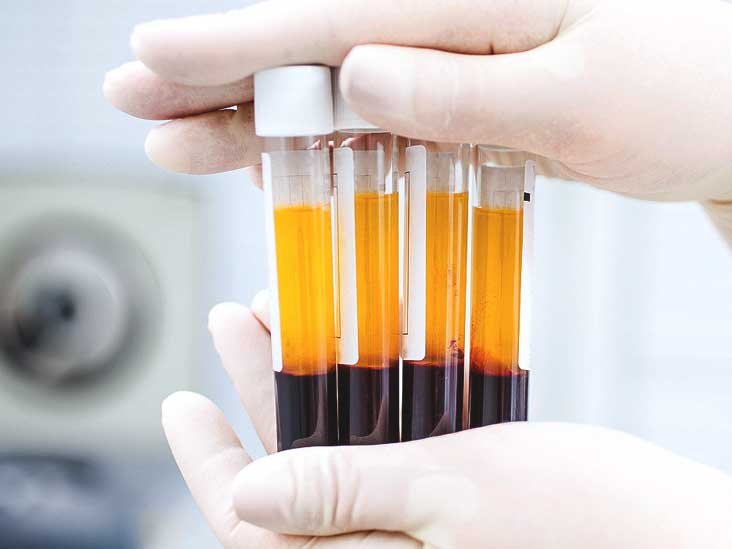There are four subtypes of PRP: pure PRP, platelet-rich fibrin matrix (PRFM), leukocyte PRP (L-PRP), and platelet-rich fibrin matrix.

Would you like to become young again? Obviously, everyone wants to look beautiful and perfect all the time. So platelet-rich plasma is here to smooth, tighten, and create younger-looking skin. Let’s take a look at platelet-rich plasma (PRP). Blood that includes more platelets than normal is referred to as platelet-Rich Plasma (PRP).
There are four subtypes of PRP: pure PRP, platelet-rich fibrin matrix (PRFM), leukocyte PRP (L-PRP), and platelet-rich fibrin matrix.
Pure PRP is the most commonly used. PRP encourages the creation of new, healthy tissue. PRP can be used to restore hair loss, improve hyperpigmentation, treat acne and scars, and promote skin renewal.
PRP plays a vital role in regulating angiogenesis by secreting a large number of growth factors. Many growth factors with high concentrations are present in platelet-rich plasma (PRP), like platelet-derived growth factor (PDGF), transforming form growth factor (TGF), those secreting from endothelial vessels, i.e., vascular endothelial growth factor (VEGF), and those factors with serum insulin-like activity, i.e., insulin-like growth factor (IGF), as well as plasma proteins such as fibrin and fibronectin.
Skin Rejuvenation
Ageing is itself associated with decreased fibroblasts, melanocytes, and collagen synthesis in the skin. PRP gives the skin an extra boost of collagen in order to repair years of damage in the field of skin renewal (Collagen is a protein found in the body to strengthen skin, tendons, and cartilage).
PRP may promote the formation of collagen and fibroblast multiplication in ageing skin by secreting numerous growth factors and cytokines. PRP promotes tissue remodelling in aged skin and may be used as an adjuvant treatment to lasers.
Get rid of Acne and scars
Imperfections in the facial skin are caused by a variety of conditions, such as ageing, sun exposure, and acne. Skin gradually loses the firmness and flexibility that are characteristic of young skin with age. Microneedling and laser treatments have successfully treated acne scars in the past.
PRP has only recently been investigated in combination with these treatments. Scar therapy using laser treatment has also been effective. Lasers stimulate the production of collagen by dermal fibroblasts and destroy tissue with precision using heat energy. PRP can be used externally or intravenously, either before or after laser and microneedling procedures.
Hyperpigmentation
Facial hyperpigmentation, melasma, and sunspots were treated with PRP. The improvement in pigmentation that results from PRP therapy may also be related to a rise in skin volume. Growth factors included in PRP are necessary for decreasing pigmentation.
All of these growth factors promote blood circulation, cell defense, and overall skin growth. They also increase cell regeneration. In a single Turkish trial, Melasma was found to be successfully treated with PRP. After three sessions of PRP alone, the researchers found that more than 80% of Melasma had improved.
Pigmentation treated by PRP
Say Bye to Hair Loss
It has been demonstrated in many studies that PRP is an effective treatment for androgenic alopecia (a common hair condition that affects 35% of women and 45% of men over the age of 60).
PRP is used to restore hair loss. Three steps are involved, including blood collection, spinning, and injecting into the scalp. PRP stimulates the growth of new hair, boosts blood flow to hair follicles, and thickens and strengthens hair as well.
Hair Loss Treatment with PRP
There is no risk of an allergic reaction or the spread of an infection associated with the use of your own blood because PRP concentration is extracted from a patient’s own blood.
Although after PRP you may feel Mild discomfort at the injection site, swelling, brief bleeding, or tissue damage are all possible adverse effects. Anyway, you should be fine with all this because it makes you look beautiful and gloomy.